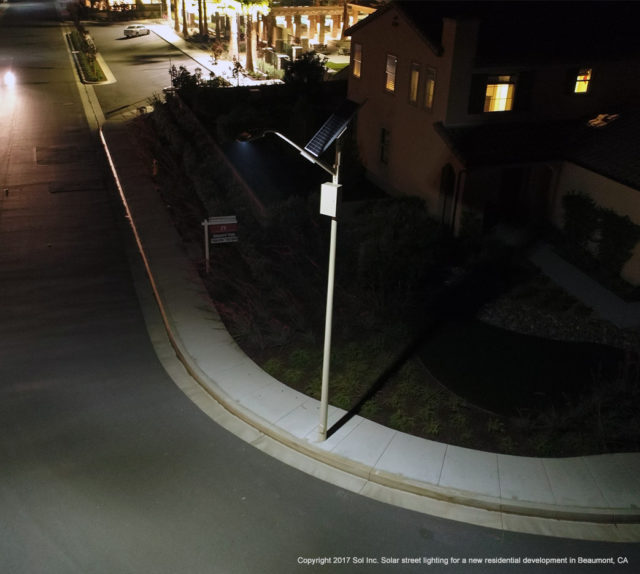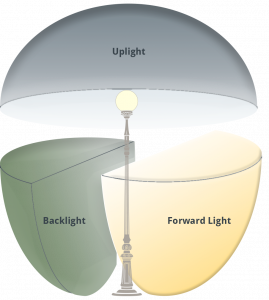Updated on November 23, 2017
Increased light pollution worldwide is a topic of conversation lately—and LED lighting is taking the brunt of the blame. The journal Science Advances published a study indicating that from 2012 to 2016, our planet’s artificially lit outdoor area has grown by 2.2% per year. An NPR article discussing the study explains that the widespread use of LEDs, which are replacing high-pressure sodium bulbs and other energy-wasting lights, are cheaper, and therefore we are using more of them.
But the NPR article, and another from the BBC, also quote one of the researchers about the importance of lighting design and directing light where it’s needed. And where it’s needed is not in the night sky, a message the International Dark-Sky Association (IDA) has been advocating for decades.

The IDA works to reduce light pollution today and for future generations. Reducing light pollution not only helps us see the night sky better, but it also helps reduce the effects of electric lighting on the environment and cuts down on energy use.
DID YOU KNOW? In addition to the IDA, the Consortium for Dark Sky Studies is also a major proponent for keeping the night sky dark. In fact, the organization has developed an interdisciplinary undergraduate minor in dark sky studies.
Sol’s dark-sky controls help ensure our lights meet the IDA’s recommendations. The IDA advocates for any required lighting to be used wisely to minimize light pollution; therefore, lighting should:

Only be on when needed:
Be no brighter than necessary:
Only light the area that needs it:
Minimize blue light emissions:
Be fully shielded (pointing down):
Updated on November 23, 2017
Increased light pollution worldwide is a topic of conversation lately—and LED lighting is taking the brunt of the blame. The journal Science Advances published a study indicating that from 2012 to 2016, our planet’s artificially lit outdoor area has grown by 2.2% per year. An NPR article discussing the study explains that the widespread use of LEDs, which are replacing high-pressure sodium bulbs and other energy-wasting lights, are cheaper, and therefore we are using more of them.
But the NPR article, and another from the BBC, also quote one of the researchers about the importance of lighting design and directing light where it’s needed. And where it’s needed is not in the night sky, a message the International Dark-Sky Association (IDA) has been advocating for decades.
The IDA works to reduce light pollution today and for future generations. Reducing light pollution not only helps us see the night sky better, but it also helps reduce the effects of electric lighting on the environment and cuts down on energy use.
WATCH: Learn the basics of the dark-sky movement
DID YOU KNOW? In addition to the IDA, the Consortium for Dark Sky Studies is also a major proponent for keeping the night sky dark. In fact, the organization has developed an interdisciplinary undergraduate minor in dark sky studies.
Sol’s dark-sky controls help ensure our lights meet the IDA’s recommendations.
The IDA advocates for any required lighting to be used wisely to minimize light pollution; therefore, lighting should:
Only be on when needed:
Be no brighter than necessary:
Only light the area that needs it:
Minimize blue light emissions:
Be fully shielded (pointing down):
BUG refers to the types of light that escape from a luminaire, and stands for:
At Sol, we use Dark-Sky Compliant LED fixtures and scheduled dimming to help minimize light pollution—helping provide light where and when it’s intended. For example, our dark-sky friendly lights in Beaumont, California, add light only on the sidewalk, and not on the house behind it, or in the night sky above:

>> See more examples: Check out the Dark-Sky Compliant LED fixtures in an installation in Chris Hotts Park, San Jose, California.
>> Explore other benefits of solar-powered lights: Discover how solar lighting will benefit your community, help it become future-proof, and more.
